detail profile cosme dos santos
Peran Yang Di Mainkan Cosme dos Santos
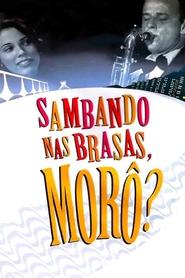 The adventures of Pedro a musician...
The adventures of Pedro a musician...Sambando nas Brasas, Morô? 2007
The adventures of Pedro, a musician who is trying his luck in Rio de Janeiro, in the 1950's. He leaves his hometown Belo Horizonte to share a lodging with his brother Carlos in Rio. During one of his gigs, he meets Arlete, a singer in a vocal group and fall in love.
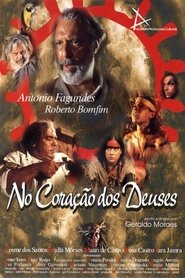 Following the clues of a map...
Following the clues of a map...No Coração dos Deuses 1999
Following the clues of a map, a boy and some adventurers go into the forest in search of treasure from the pioneers, and end up going back two centuries in time, in search of the legendary Minas dos Martírios.
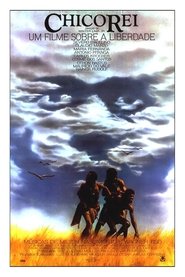 Galanga king of Congo brought to...
Galanga king of Congo brought to...Chico Rei 1985
Galanga, king of Congo brought to Brazil as a slave, finds gold in Vila Rica, in the State of Minas Gerais, and buys his enfranchisement, the properties of his former owner, and his companions' freedom, becoming Chico Rei, the first black man to own lands in Brazil.
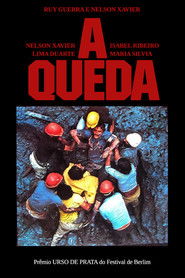 An accident at a construction site...
An accident at a construction site...The Fall 1976
An accident at a construction site, resulting in one death, sets one worker off on a struggle for justice that exposes the mechanisms of exploitation and the class relations of a country that had undergone one decade of fast-paced ‘conservative modernisation’ at the hands of the military. As a sort of sequel to the classic The Guns (1964), following the fate of those characters as they move from enforcers of exploitation to exploited, it offers more than a snapshot of the period: the correspondent time lapses in fiction and reality capture the passage of a chunk of Brazilian history between the two films, and, therefore, also the transformations in cinematographic approaches to the social and political between the two moments. Equally daring in content and form, and in the originality of the adequacy of one to the other, it won the Silver Bear at Berlin.
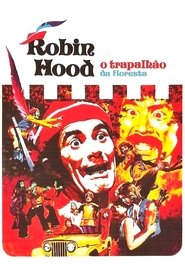 The Robin Hood from the movie...
The Robin Hood from the movie...Robin Hood, O Trapalhão da Floresta 1974
The Robin Hood from the movie The Trapalhões and his pack ruin the plans of a farmer named João Climério. He wanted to take the lands of his deceased brother and leave his niece Catherine with nothing. During a showdown, Robin Hood is injured and needs to be replaced at the helm of the group. And then the funny confusions begin! As a substitute is chosen Zé Grilo, a modest and at the same time confused pawn, who in the end manages to unmask Climero and save the beautiful Catherine for which he has a passion. In this mission it is aided by the companion Willie and also by a magic wand and a protective pen, provided by an Indian sorcerer.
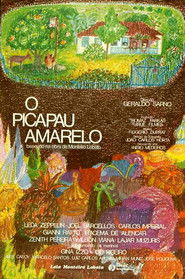 The Viscount of Sabugosa is locked...
The Viscount of Sabugosa is locked...O Picapau Amarelo 1973
The Viscount of Sabugosa is locked in the library writing an encyclopedia about the characters in children's fables. Dona Benta receives a letter from little Thumb, written on a rose petal, in which he, realizing that the inhabitants of the world of fables are forgotten in the books on the shelves, requests that everyone live in Sítio do Picapau Amarelo. Emília and the children love the idea, and Dona Benta says yes. They move
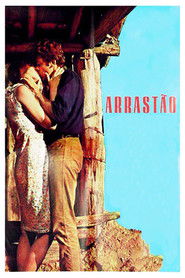 The legend of Tristan and Isolde...
The legend of Tristan and Isolde...Doomed Lovers 1967
The legend of Tristan and Isolde is one of the most beautiful love epics ever conceived. Richard Wagner, in a famous opera, had already tarnished its purity. The modern transposition of the legend is set in Brazil, in a village of poor fishermen on Guanabara Bay, framed by mountains not far from Rio de Janeiro. Two young cousins, Marcos and Jeronimo, get together to fish successfully - the arrastao is a large fishing net - and to resist the ugly local landowner, who sets the rules and the prices. This owner has a niece: Emaïsa, who loves Marcos and is loved by him.
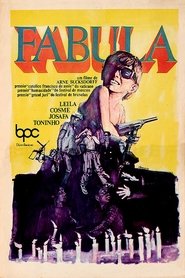 Homeless children in the slums of...
Homeless children in the slums of...My Home Is Copacabana 1965
Homeless children in the slums of Rio are driven out of their temporary shelters by ruthless gangsters in this somber drama. The kids survive by shining shoes, stealing, and cutting the strings of the kites to sell them later to others. Tired of life on the streets, one boy turns himself over to the police in hopes he will be sent to reform school in a last desperate attempt to survive. This feature from acclaimed Swedish director Arne Sucksdorff appeared at the 1965 Cannes Film Festival.
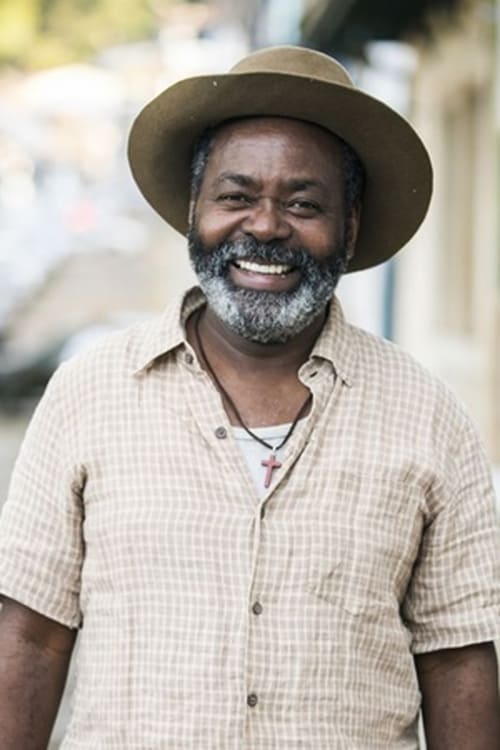
 A successful writer in a creative...
A successful writer in a creative...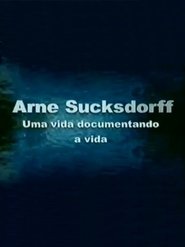
 Filmed over a fiveyear period Chronically...
Filmed over a fiveyear period Chronically...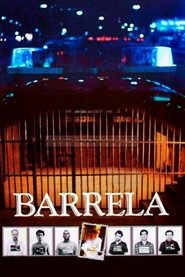 In an overcrowded prision cell each...
In an overcrowded prision cell each... Srgio Mallandro is chosen by an...
Srgio Mallandro is chosen by an...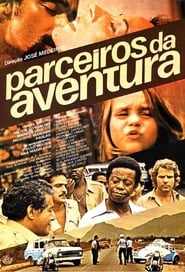 Rio de Janeiro crooks rove about...
Rio de Janeiro crooks rove about...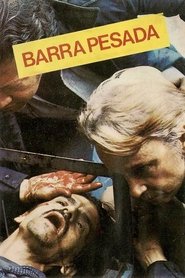 Young robber son of a prostitute...
Young robber son of a prostitute...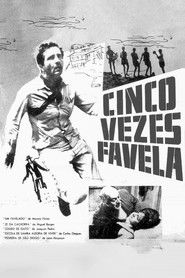 Five segments about the hardships faced...
Five segments about the hardships faced...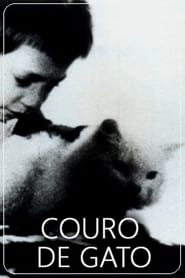 A few weeks before Carnival slum...
A few weeks before Carnival slum...